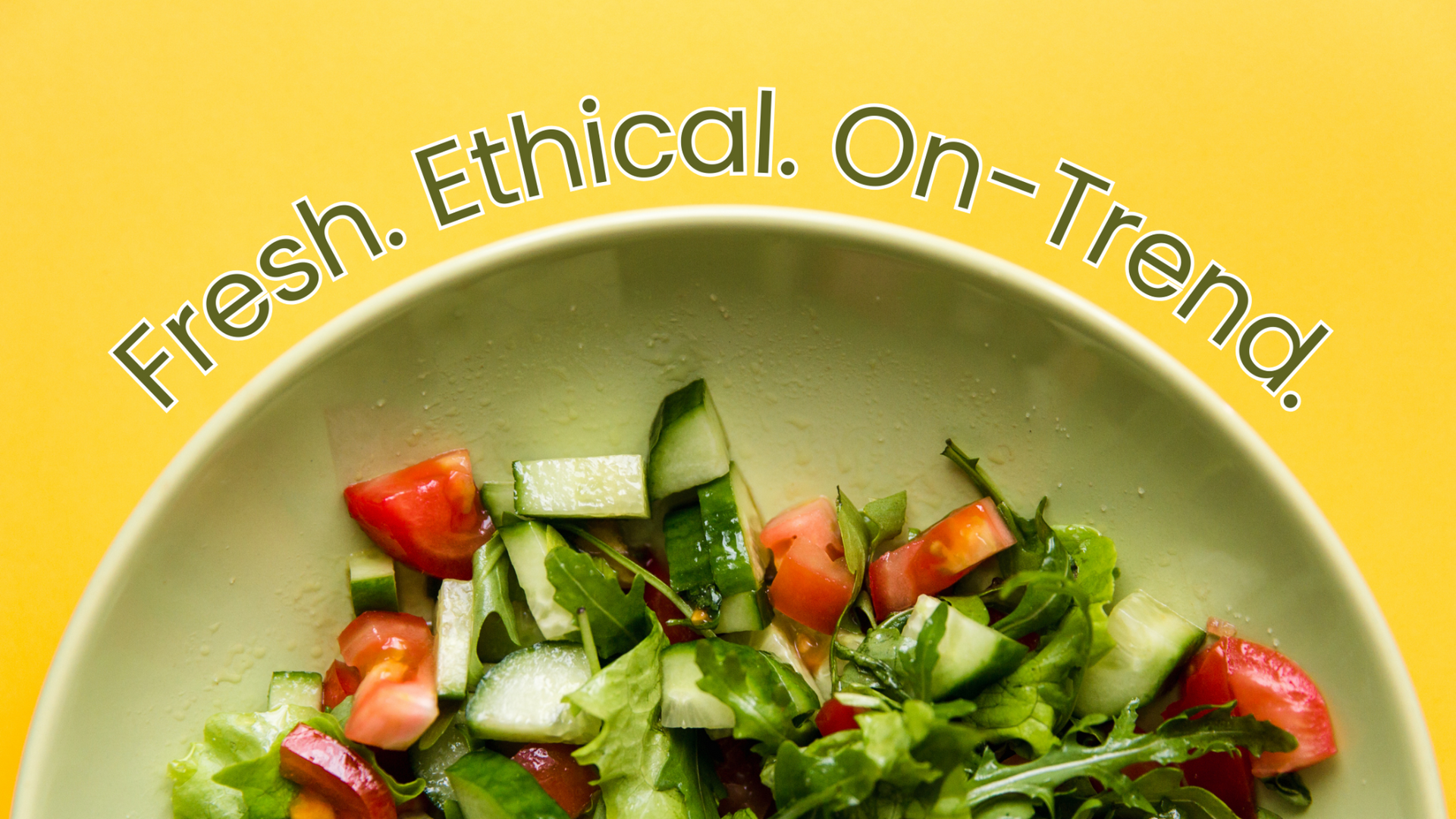In the
food service industry, the timing and method of ordering your inventory can really make a difference to your profits. Whether you’re managing a restaurant, a catering service, or an institutional kitchen, nailing down
the right purchasing strategy
is key to keeping things running smoothly.
There are two main approaches that people often talk about: bulk purchasing and placing
smaller, more frequent orders. Each method comes with its own set of pros and cons. The best choice usually hinges on your specific business model, how much storage space you have, and the structure of your menu. Let’s break it down.
Bulk Purchasing: Why Buying in Bulk Makes Sense
Pros:
👍Lower Cost Per Unit:
When you buy in bulk, you usually get a nice discount, which means you end up paying less for each item. This is particularly helpful for ingredients that you use a lot, like flour, oil, or canned goods.
👍Fewer Deliveries:
With fewer shipments to handle, you can cut down on logistical headaches and reduce the chances of interruptions in your kitchen operations.
👍Long-Term Planning:
For businesses that have a steady demand, buying in bulk lets you plan your inventory ahead of time, so you won’t have to worry about constantly placing orders.
👍Better Supplier Relationships:
Placing larger orders can help you build stronger connections with your suppliers, which might lead to better pricing and priority service down the line.
Cons:
👎Storage Needs:
When you place bulk orders, you’re going to need a lot of storage space, especially for items that need to be refrigerated or frozen. If you don’t have enough room, you risk spoilage and throwing away products.
👎Upfront Investment:
Buying in bulk means you’ll need to invest a larger amount of money right off the bat, which can put a strain on cash flow, especially for smaller businesses or those operating on tight margins.
👎Potential for Waste:
If you order a lot of perishable goods, you might end up with food waste if demand suddenly drops or if the products expire before you can use them.
👎Reduced Flexibility:
Having a large stockpile makes it tougher to tweak your menu or adapt to seasonal changes.
Small Orders: Flexibility Over Volume
Pros:
👍Freshness First:
By placing frequent, smaller orders, you can stock just what you need. This way, your ingredients stay fresh and you minimize the risk of spoilage.
👍More Flexibility:
With smaller orders, you can easily adjust to shifting consumer trends, seasonal menu updates, or even those unexpected last-minute events.
👍Improved Cash Flow:
Spreading out your purchases means you keep more cash available for other important operational needs.
👍Less Storage Needed:
For businesses that struggle with limited storage space, smaller orders are much easier to handle and help prevent the hassle of overstocking.
Cons:
👎Higher Per-Unit Cost:
Smaller orders typically don’t qualify for bulk discounts, increasing your cost per unit over time.
👎More Time Managing Orders:
Frequent ordering can place additional strain on your administrative staff and increase the likelihood of ordering errors.
👎Increased Delivery Fees:
More frequent deliveries can lead to higher transportation or delivery fees, eating into your savings.
👎Potential Supply Issues:
Relying on frequent deliveries leaves you vulnerable to delays or shortages, especially during high-demand periods.
Finding the Right Balance
When it comes to food service, there’s really no one-size-fits-all answer. A lot of successful businesses in this field find that a hybrid approach works best. They often buy high-use or non-perishable items in bulk, while placing smaller orders for perishables and specialty ingredients. This strategy not only helps you save money where you can but also keeps things flexible.
To figure out what strategy might work best for you, consider these questions:
Do you have enough storage space for bulk items❓
Are your menu items pretty consistent, or do they change often❓
Is your demand steady, or does it fluctuate a lot from week to week❓
Can your cash flow handle larger purchases❓
Taking the time to answer these questions can guide you in choosing the right model or a mix of both!
Our team is here to partner with you in understanding your buying habits, evaluating your storage options, and suggesting the most budget-friendly approach. Thanks to our extensive distribution network and attentive customer service, Ideal simplifies the process of tailoring your supply chain to fit your needs perfectly.







